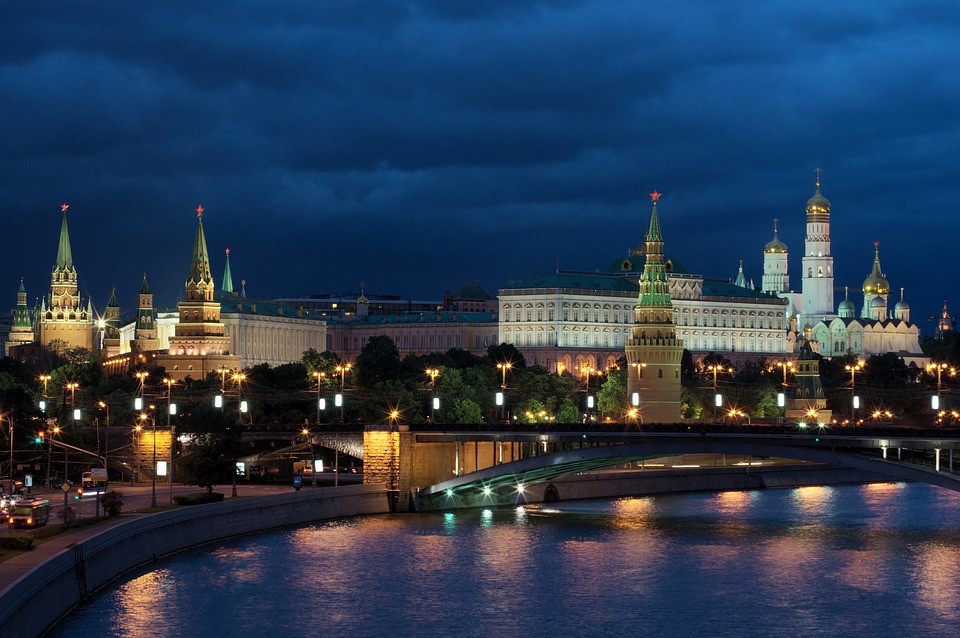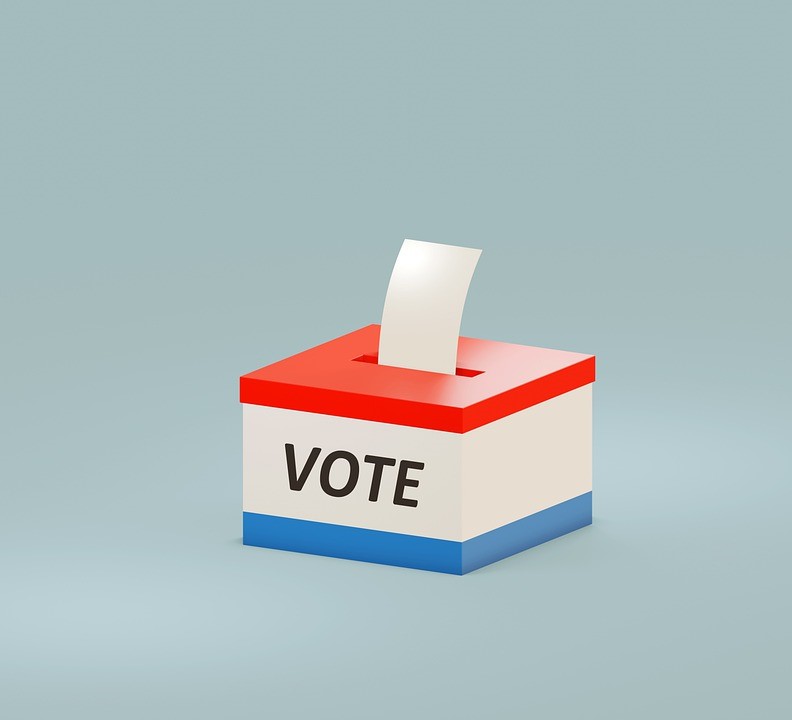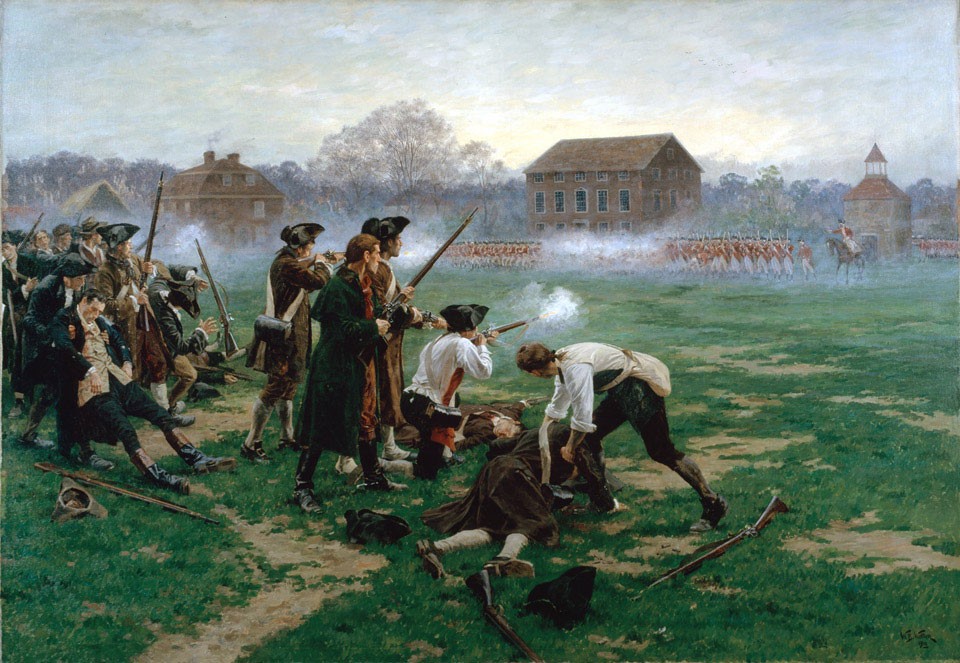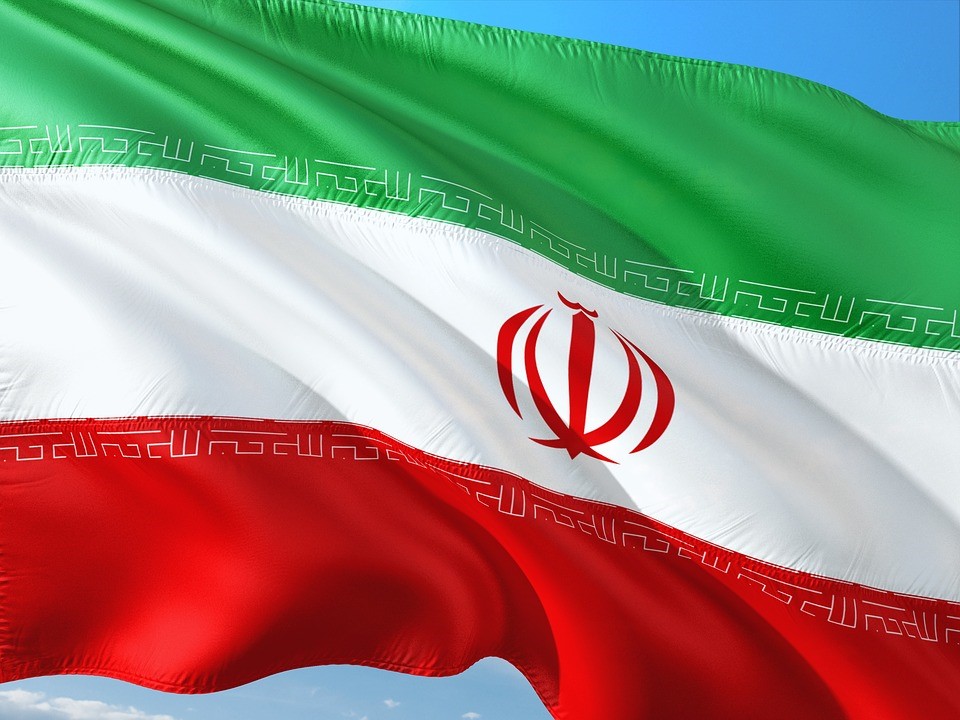As we move into July’s heavy heat in the northern hemisphere few are thinking much about how Europeans will heat their homes this winter. Northwest Europe is enduring an 80% cut in Russian energy exports. EU economic sanctions are hitting the region hard this summer as Europe is highly dependent on Russia energy supplies. Over 45% of EU gas, 40% of coal imports, and 27% of its petroleum imports derive from Russian sources. “Europe is facing a serious economic downturn, with industrial production and real wages both falling rapidly and factories in key industries such as chemicals, steel and machinery closing, according to Thomas Duesterberg and Angelique Tamor of the Hudson Institute.
Europe is experiencing the impact of its dual-pronged, energy approach. A combination of the region moving quickly toward a carbon free economy at same time as the EU is imposing economic sanctions on Russian energy has produced “skyrocketing” prices, note Duesterberg and Tamor. For years American leaders have warned the EU about its dependence on foreign energy supplies from Russia. The EU still went ahead with its new “REPower EU” plan. Its ultimate goal is to achieve independence from Russian fossil fuels by 2030. However, if friendly markets are not able to supply energy to the EU countries due to the Russian war in Ukraine and competing energy demands from other economies sanctioning Russia, the result may be an inability to increase short-term production to meet increasing demand. Western Europe could be left in the cold this winter.
European leaders are beginning to recognize the extent of the risk. If the Russian government decides to completely shut down energy supplies, and Europe is not prepared, it could result in a serious recession. Consumers may be unable to heat their homes and prices will continue their meteoric rise. Duesterberg and Tamor say that Germany and other EU countries finally are beginning to implement crisis mitigation measures, including rationing gas supplies to manufacturers. Support for Ukraine may also suffer if leaders believe they are forced to choose between securing energy supplies for their economies and the war effort.
The Biden Administration is ramping up American energy exports to Europe to stem the crisis, while ignoring high gasoline prices at home. The proportion of US LNG exports heading to Europe increased from 34% to 74% so far this year and monthly oil shipments to Europe jumped to their highest level in half a decade. Duesterberg and Tamor called the Administration’s policy “incoherent,” saying “…Biden’s current energy policy remains clearly opposed to increased fossil fuel production and processing and thus severely constrains capacity to help alleviate Europe’s mounting energy crisis.” In a June 15 June 15 interview US Secretary of Energy Jennifer Granholm simultaneously demanded that oil companies invest massively to increase oil production. At the same time, she spoke about the Administration’s ambitions to shut them down within the decade. Duesterberg and Tamor report that “America’s international efforts to increase global energy supply may also be detrimental politically and environmentally in the long run, as they have focused on expanding oil exports from hostile countries such as Iran and Venezuela. They say the President is now “having to do an embarrassing geopolitical turnaround to request increased production from Saudi Arabia.” It also is likely that idled oil refineries inside China may begin delivering the excess capacity to Western nations and raising energy dependence on the communist giant. “Without increased US production and exports to Europe, it will continue having devastating supply sourcing issues and increasingly become reliant on China’s growing capacity to export refined petroleum products using discounted Russian oil for competitive advantage,” according to a Hudson Institute report. The European and US energy crisis may soon fracture the strong unity over the response to the war in Ukraine and undermine US-European relations on global issues, while simultaneously enhancing China’s position among western democratic states. The Biden Administration and EU leaders have a lot of homework to do in the coming weeks.
Daria Novak served in the U.S. State Dept.
Photo: Pixabay









